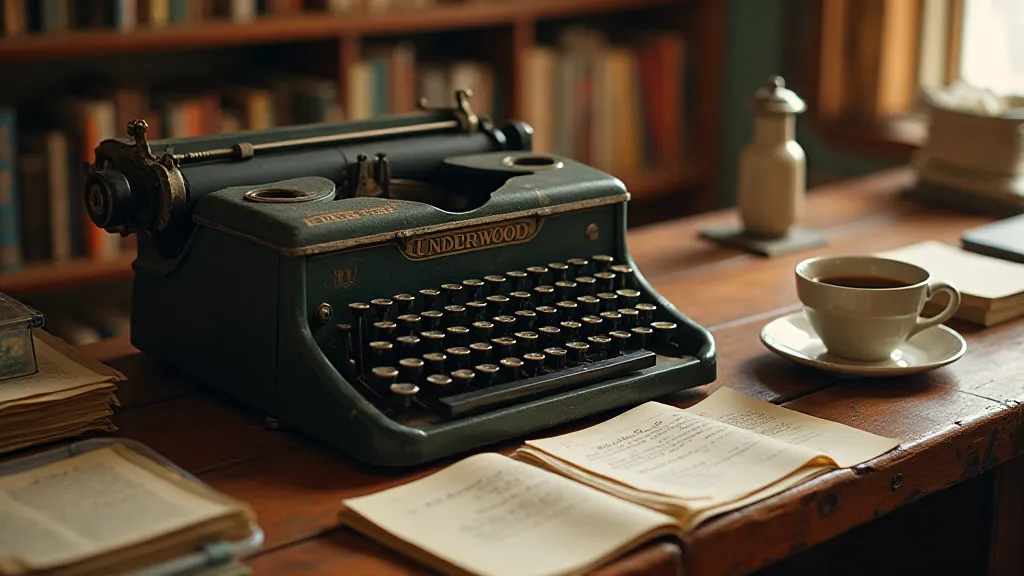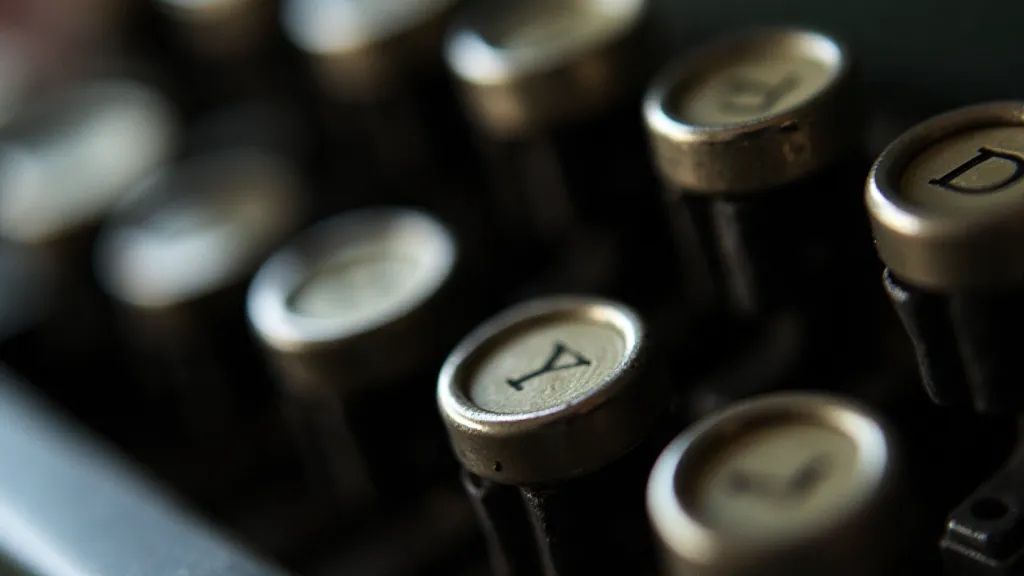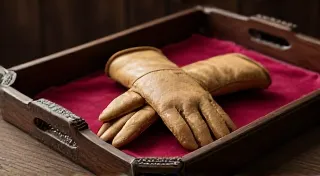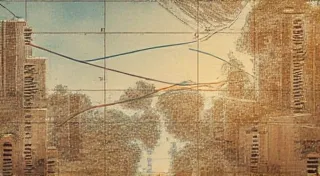The Poet's Key: How Typewriters Influenced Literary Movements
The clatter of keys, the satisfying *ding* of the carriage return – these are sounds that conjure a bygone era, a time when writing wasn’t a fluid dance on a backlit screen, but a deliberate, physical act. For centuries, the typewriter wasn’t just office equipment; it was a muse, a collaborator, a revolutionary tool that reshaped literary movements and profoundly influenced how stories were told. It's easy to overlook now, surrounded by the silent efficiency of digital devices, but the typewriter’s legacy echoes in the very rhythm and structure of modern literature.
Before the typewriter, writing was a laborious process, often performed by a scribe or painstakingly transcribed. Authors controlled the presentation meticulously, dictating everything from font size to spacing. The typewriter democratized writing, offering a level of uniformity and reproducibility previously unattainable. Suddenly, a writer could generate multiple clean copies of their work, and the power to control the final appearance shifted, subtly but significantly, from the compositor to the author.

The Rise of Hemingway and the Minimalist Style
Perhaps no literary figure is more intimately linked to the typewriter than Ernest Hemingway. He famously eschewed ornate prose, advocating for a direct, unadorned style that mirrored the perceived objectivity of the machine. Hemingway's minimalist approach wasn't born in a vacuum. The limitations of the typewriter – the inability to easily insert or delete text, the restricted font choices – forced a degree of discipline and conciseness. Every word had to carry its weight.
Imagine the process: Hemingway, a journalist before he was a celebrated author, spent years pounding out news stories on a noisy Underwood. The unforgiving nature of the machine, the need for precision and clarity, became ingrained in his writing process. The "iceberg theory" – the idea that a story should suggest more than it explicitly states – felt naturally aligned with the typewriter’s constraints. To delete meant retyping the entire passage; nuance required a meticulous choice of words. This wasn't simply a stylistic preference; it was a direct response to the technology he used.
It’s worth noting, too, the visual impact. Typed text, stark and uniform, lent a sense of detachment and authority. Hemingway's short, declarative sentences, perfectly suited to the typewriter’s aesthetic, contributed to a sense of authenticity and immediacy that resonated deeply with readers.
Kerouac and the Dawn of Stream-of-Consciousness
While Hemingway’s typewriter facilitated a lean, controlled style, Jack Kerouac embraced the machine's capacity for continuous, unedited outpouring. On the Road, his seminal work of the Beat Generation, was famously typed on a continuous scroll of paper, allowing Kerouac to record his thoughts and experiences in a raw, unbroken flow. He aimed to capture the unfiltered voice of the subconscious, a stream-of-consciousness narrative that was both exhilarating and disorienting.
The continuous scroll itself was a radical adaptation. Standard typewriters required frequent carriage returns, interrupting the flow of thought. By taping together rolls of paper, Kerouac bypassed this limitation, creating a visual and temporal link between thought and expression. The result was a text riddled with tangents, digressions, and raw emotion – a direct reflection of the writer's mind in motion. The lack of self-editing, facilitated by the continuous scroll, presented a unique challenge for editors, but it also preserved the very essence of Kerouac’s vision.

Beyond the Big Names: The Impact on Journalism & Playwriting
The typewriter's influence wasn't limited to literary giants. Journalism, in its burgeoning form, found a powerful ally in the machine. The ability to produce multiple copies quickly and consistently revolutionized news dissemination. Reporters could file stories from remote locations, transmitting them via telegraph and having them typeset for immediate publication. The standardization brought about by typewriters also subtly altered journalistic style, encouraging a more direct and factual reporting.
Playwriting also underwent a significant transformation. Before typewriters, play scripts were often handwritten, making them difficult to read and revise. The typewriter provided a standardized format that facilitated collaboration between playwrights, directors, and actors. The clear, legible type allowed for easier annotation and interpretation, contributing to the rise of more complex and experimental dramatic forms.
The Craftsmanship and Collecting Today
Today, vintage typewriters are experiencing a resurgence in popularity, not only as functional writing tools but also as objects of beauty and historical significance. The intricate mechanics, the elegant design, the sheer physicality of these machines – they evoke a sense of craftsmanship that is largely absent in the digital age. Restoring a vintage typewriter is a labor of love, requiring patience, skill, and a deep appreciation for its history. From cleaning and lubricating the intricate parts to replacing worn ribbons and keys, the process offers a tangible connection to the past.
The collecting community is thriving, with enthusiasts seeking out rare models, preserving their condition, and sharing their knowledge. Beyond their mechanical appeal, these machines represent a pivotal moment in the evolution of communication and creativity. Holding a typewriter in your hands, feeling the resistance of the keys, hearing the click and clatter of the mechanism – it’s a visceral experience that transcends the act of writing. It’s a journey back in time, a connection to the writers who shaped our literary landscape, and a reminder that even the simplest tools can have a profound impact on the world.

The legacy of the typewriter endures, not just in the stories it helped create, but in the appreciation it inspires for the enduring power of tangible creation.





